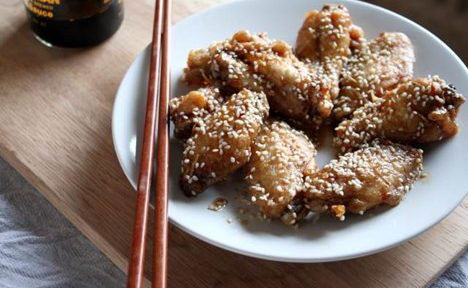Tag: karaage

Kari Kari (カリカリ)! Get to Know Japan’s Beloved Crispy Chicken Karaage
Read more: Kari Kari (カリカリ)! Get to Know Japan’s Beloved Crispy Chicken KaraageKaraage, also known as Japanese fried chicken, is a simple yet delicious dish that is…

Mom’s Home Cooked 唐揚げ (Karaage): Japanese Fried Chicken
Read more: Mom’s Home Cooked 唐揚げ (Karaage): Japanese Fried ChickenJapanese Fried Chicken (karaage) is one of the nation’s most celebrated dishes, found in restaurants,…

B-kyu Gurume: Tebasaki Karaage from Nagoya
Read more: B-kyu Gurume: Tebasaki Karaage from NagoyaNagoya is famous for many types of street foods, including hitsumabushi (grilled eel on rice)…

